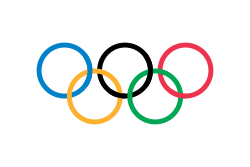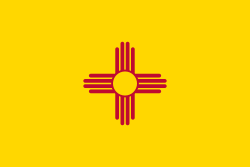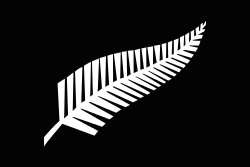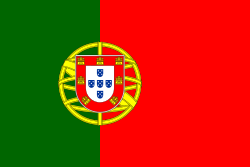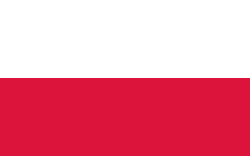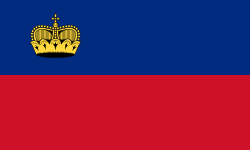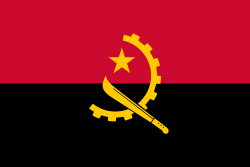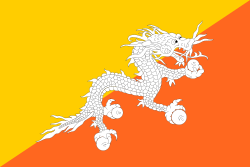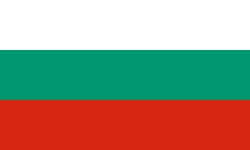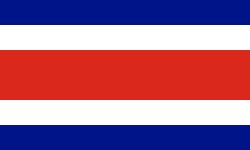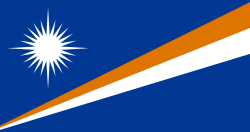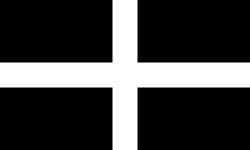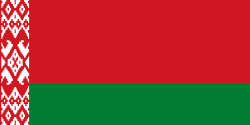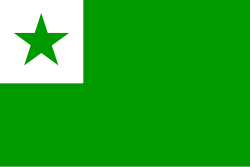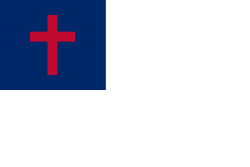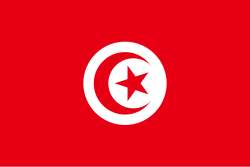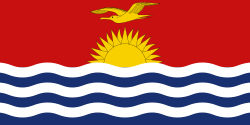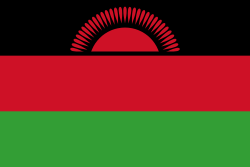
This is a list of flags, arranged by design, serving as a navigational aid for identifying a given flag. Uncharged flags are ones that either are solid or contain only rectangles, squares and crosses but no crescents, circles, stars, triangles, maps, flags, coats of arms or other objects or symbols. Charged flags are flags that contain crescents, circles, stars, triangles, maps, flags, coats of arms and other objects or symbols, as well as rectangles, squares and crosses. Some charged flags contain letters or other pieces of text on them. Uncharged flags include the flags of Austria, Belgium, Denmark, Finland, France, Germany, Indonesia, Italy, the Netherlands, Nigeria, Norway, Poland, Russia, Sweden, Switzerland, Thailand and Ukraine. Charged flags include the flags of Algeria, Argentina, Australia, Bangladesh, Brazil, Canada, Chile, China, Egypt, India, Iran, Israel, Japan, Kazakhstan, South Korea, Malaysia, Mexico, Morocco, Pakistan, the Philippines, Saudi Arabia, South Africa, Spain, Taiwan, Tunisia, Turkey, the United Kingdom and the United States.[ citation needed ]
Contents
- Solid
- Charged
- Bicolour
- Tricolour and other tribands
- Quartered
- Stripes
- Cross
- Pall
- Chevron
- Side
- Canton
- Border
- Shape
- Circle or sphere
- Crescent
- Diamond
- Spiral
- Square
- Star
- Sun
- Trapezoid
- Triangle
- Living organism
- Animal
- Animal part
- Person or body part
- Plant
- Object
- Anchor, boat, or ship
- Astronomical object
- Book
- Building
- Chair
- Headgear
- Flag
- Hill, mountain, or rock
- Map
- Machine, tool, or instrument
- Shield or weapon
- Inscription
- See also
- References
- External links





